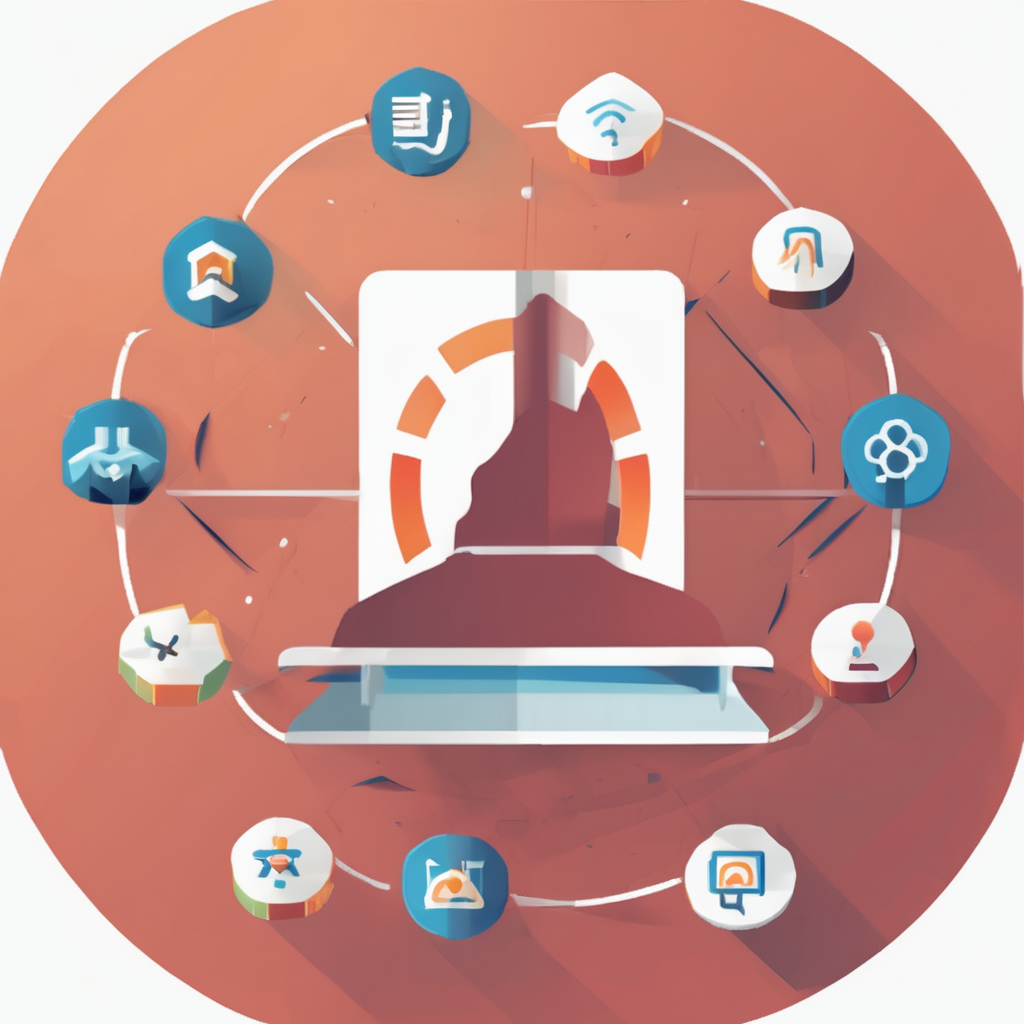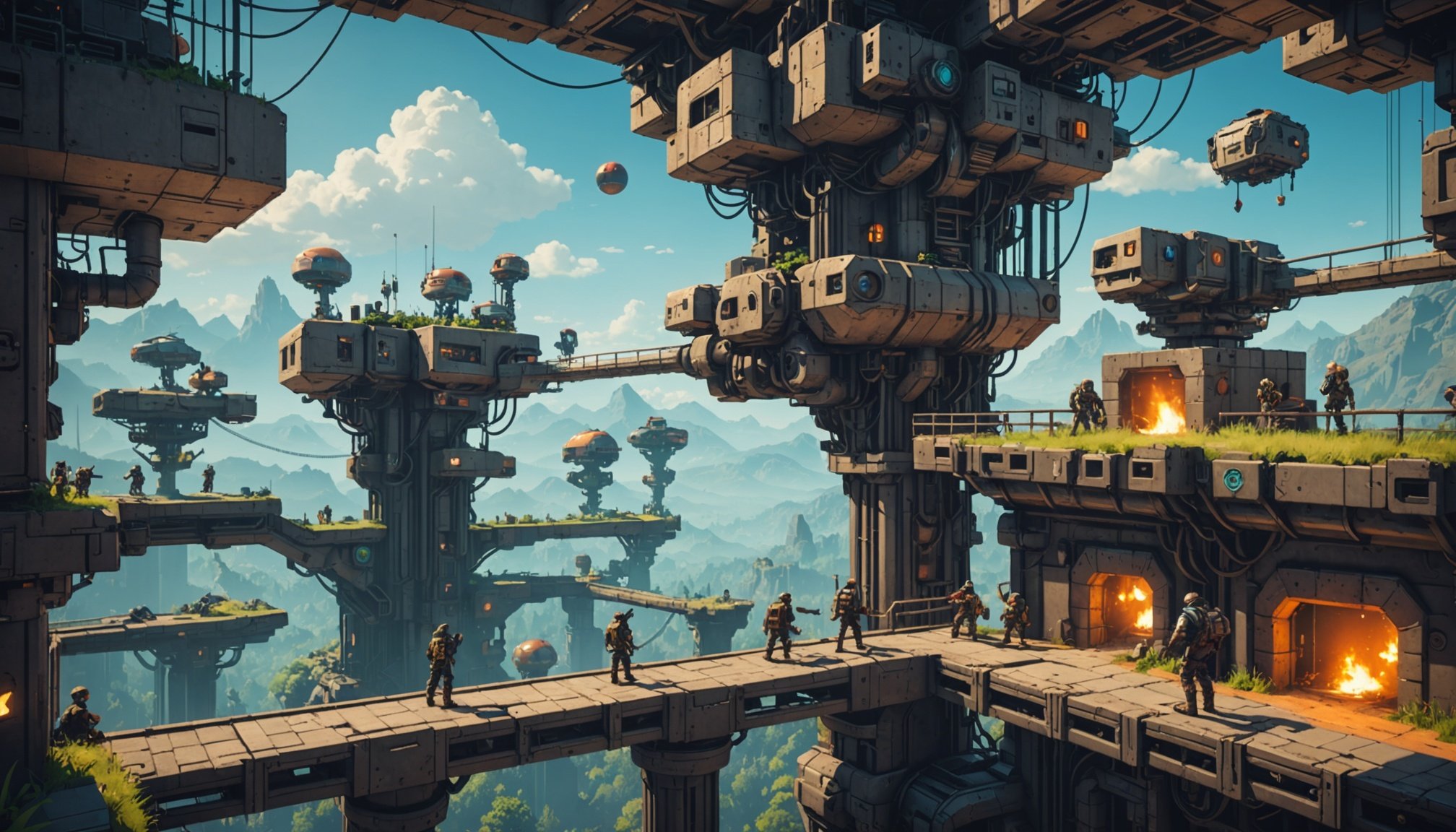Overview of Neural Networks in Game Development
The adoption of neural networks in game development has significantly transformed the game AI landscape. At their core, neural networks are computing systems inspired by biological neural networks. They are designed to recognise patterns, learn from data, and make adaptable decisions, which is fundamentally enhancing game AI capabilities.
Historically, the incorporation of AI in games started simply, with algorithms programmed to react predictably to specific player actions. In traditional platformer games, AI often relied on static scripts, limiting its ability to adapt to varied player strategies. However, with the introduction of neural networks, games can now cultivate adaptive behavior. This means the AI dynamically learns and evolves, providing a more challenging and immersive experience.
Neural networks have pushed the boundaries of traditional game design by replacing predictable AI with entities that can learn and react intelligently to player action. This shift not only enhances gameplay but also introduces a more personalised gaming experience. With the ability to adapt and learn, game AI can generate unique challenges and experiences tailored to individual playstyles, reshaping the essence of interactive entertainment.
Case Studies of Adaptive Enemy AI
Examining adaptive enemy AI offers insights into game development’s evolution, particularly within platformers.
Also read : Enhancing game realism: harnessing machine learning for dynamic weather effects in interactive experiences
Successful Implementation in Popular Platformers
Several renowned platformer games illustrate the power of adaptive enemy AI. This technology allows enemies to adjust their strategies based on player actions, creating a dynamic and challenging experience. Traditional AI often involves scripted patterns, but recent advancements have seen the incorporation of neural networks, which provide more nuanced responses. For example, in certain games, enemies learn and predict player behaviour, making each encounter unique. This shift has led to notable changes in player engagement, with many expressing excitement over the unpredictability and challenge posed by adaptive AI. This transformation suggests a significant step forward from rigid, scripted enemy behaviours, enriching gameplay and prolonging player interest.
Innovative Approaches by Indie Developers
Indie developers are at the forefront of adaptive enemy AI innovation. In various case studies, indie games have demonstrated creative techniques, such as procedural generation and machine learning, to craft intelligent enemies. Developers frequently incorporate community feedback to iterate and refine these AI systems, ensuring a balance between challenge and enjoyment. This community-driven approach fosters a collaborative environment, leading to improvements in game mechanics and AI sophistication. As indie games continue to push boundaries, these innovative techniques highlight the flexibility and potential of adaptive enemy AI in game development.
Benefits of Neural Networks in Platformer Games
Incorporating neural networks into platformer games significantly elevates the gameplay experience by introducing adaptive challenges. These networks analyze player behavior and adjust difficulties accordingly. This ensures that players remain engaged while facing tasks that test their limits without causing undue frustration.
One notable benefit is in enhancing player engagement through dynamic challenges. As the game evolves, neural networks adapt enemy behavior and platform layouts, presenting fresh hurdles tailored to the player’s skill level. This keeps the gameplay interesting and promotes a sense of accomplishment as players progress.
Furthermore, these adaptive challenges contribute to increased replay value. Players can experience a different game each time, as neural networks continuously modify strategies and environments. This dynamic nature encourages gamers to return, eager to explore new scenarios and test their evolving skills.
Balancing difficulty levels is another advantage. By observing player interactions, neural networks ensure obstacles neither overwhelm novices nor bore veterans. This balance fosters a satisfying gameplay experience for all skill levels, motivating players to continue their journey.
In summary, neural networks inject platformer games with layers of adaptability. They create an engaging atmosphere where challenges evolve, promoting sustained interest and rewarding perseverance.
Technical Aspects of Implementing Neural Networks
The implementation of neural networks can significantly enhance game development by offering dynamic and adaptive game-play experiences. Technical implementation requires a solid understanding of programming and the correct application of frameworks.
Frameworks and Tools for Game Developers
Several frameworks can aid in coding neural networks effectively. Tools like TensorFlow are essential, as they streamline the complexity of integrating neural networks. Unity ML-Agents is also popular, providing a seamless platform for embedding AI into games. When coding neural networks, it’s crucial to follow best practices. For instance, ensuring that data preprocessing is robust will make the training process more efficient.
Practical understanding often involves code snippets to demonstrate specific functionalities:
import tensorflow as tf
# Define a simple neural network model
model = tf.keras.models.Sequential([
tf.keras.layers.Dense(128, activation='relu'),
tf.keras.layers.Dense(10)
])
# Compile the model
model.compile(optimizer='adam', loss='sparse_categorical_crossentropy', metrics=['accuracy'])
Challenges in Development and Deployment
Developers frequently face various hurdles when implementing neural networks. Performance implications such as increased memory usage and potential slowdowns are common challenges. Troubleshooting these issues often involves optimizing network architectures to balance efficiency and performance. Equipping yourself with debugging knowledge is crucial, as technical implementation can present unique challenges in real-world applications.
Future Trends in Adaptive AI for Platformers
The future of gaming is being shaped by rapid AI advancements, particularly in enemy behavior within platformers. One prediction is a shift towards more dynamic AI, where enemies adapt to player skill levels in real-time, enhancing the gaming experience. This involves enemies that are not just reactive, but also proactive, learning to predict player moves and strategizing accordingly. This evolution aims to maintain a challenging yet enjoyable gaming experience, crucial for next-gen gaming.
Furthermore, player feedback plays a pivotal role in shaping the future of AI systems. Developers are increasingly relying on data gathered from player interactions to fine-tune AI behaviors. This feedback loop ensures that AI becomes more intuitive and responsive over time, aligning with player expectations and preferences.
There’s also potential in hybrid AI models, which integrate traditional techniques with neural networks. Such models can tackle complex decision-making processes that were previously challenging. By combining classic algorithms with the adaptive learning capabilities of neural networks, developers can create more nuanced and robust AI systems. This blend promises to define next-gen gaming experiences, offering players highly personalized interaction with the game world.











